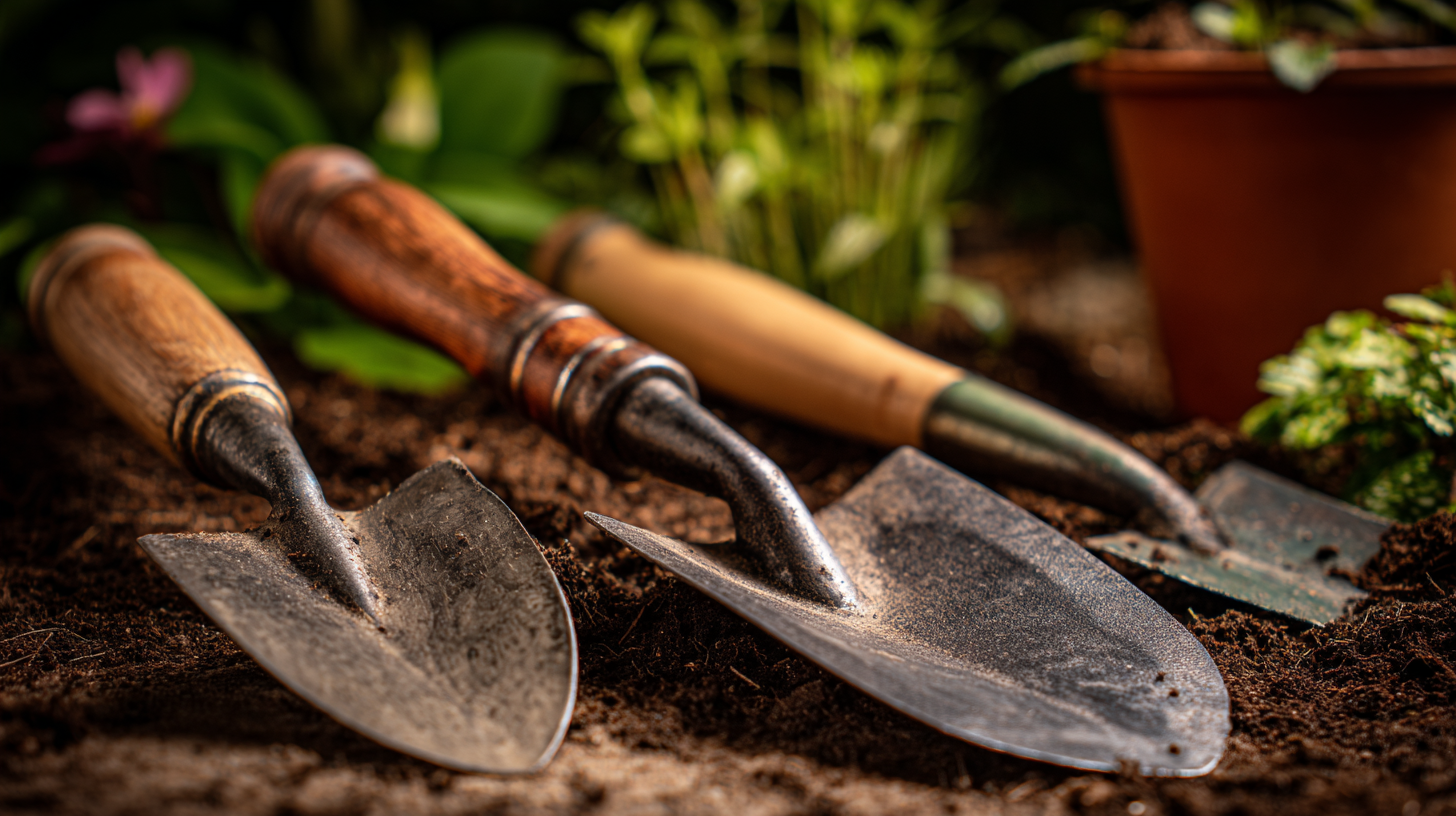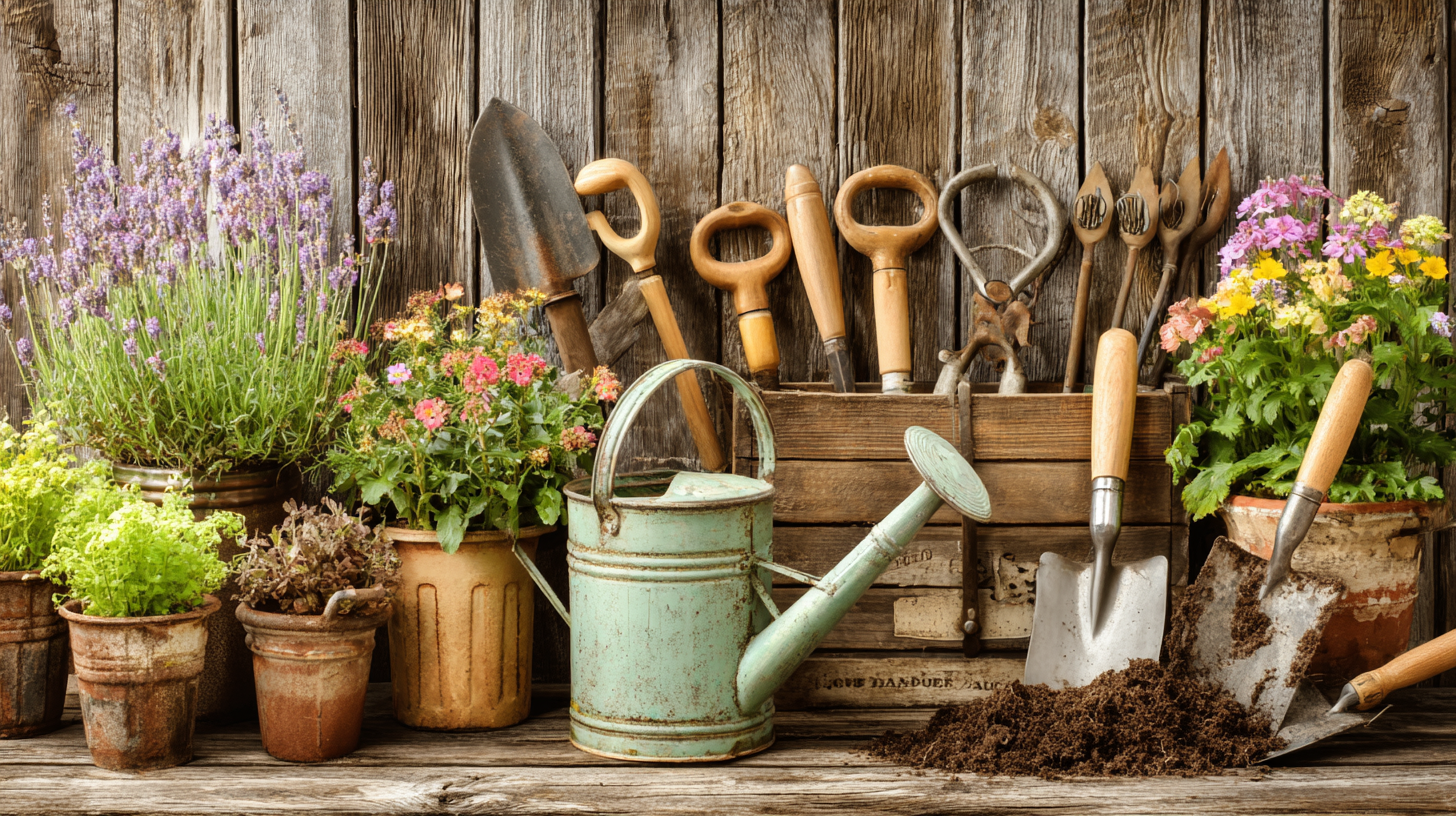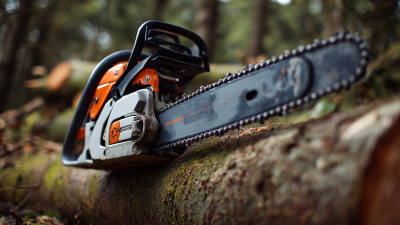7 Essential Garden Tools Tips for Thriving Home Gardens
When it comes to cultivating a thriving home garden, having the right garden tools at your disposal is essential to ensure success. Whether you are a seasoned gardener or a novice, understanding how to effectively use and maintain these tools can make a significant difference in the health and productivity of your plants. In this blog, we will explore seven essential tips that will help you select and utilize your garden tools effectively, thereby enhancing your gardening experience. From the basic spade and trowel to more specialized equipment, each tool plays a crucial role in preparing soil, planting, and maintaining your garden. By mastering the art of gardening through proper tool usage, you can create a vibrant and flourishing green space that brings joy and sustenance to your home. Join us as we delve into the foundational knowledge that every gardener should know to achieve a successful and thriving garden.

Choosing the Right Tools for Your Specific Garden Needs
When it comes to cultivating a thriving home garden, choosing the right tools is essential to meet your specific gardening needs. Every garden is unique, influenced by factors such as plant types, soil conditions, and personal gardening goals. For instance, if you have a vegetable garden, tools like a sturdy trowel and a hand cultivator are indispensable for soil preparation and planting. On the other hand, ornamental gardens might benefit more from tools like pruning shears and a fine-toothed rake to maintain the desired aesthetic of your plants.
Moreover, understanding the scale of your garden is crucial in tool selection. For small urban gardens, lightweight, multifunctional tools can make gardening less cumbersome while maximizing space efficiency. Conversely, larger gardens may require more robust tools like wheelbarrows and garden forks to handle substantial tasks like soil aeration and bulk planting. Always evaluate your garden’s requirements and invest in tools that enhance your gardening experience, ensuring they are comfortable and easy to use to foster an environment where your plants can thrive.
Essential Maintenance Tips for Longevity of Your Garden Tools
Investing in quality garden tools is just the first step; maintaining them is crucial for ensuring they last through many planting seasons. One of the most vital maintenance tips is to clean your tools after each use. Removing dirt, sap, and plant residue not only keeps them hygienic but also prevents rust formation and extends their lifespan. A simple wash with soap and water, followed by a thorough dry, can make a significant difference. Additionally, applying a light coat of vegetable oil or specialized tool lubricant can protect metal parts from moisture and corrosion.
Storage is another essential factor in the longevity of your gardening tools. Always store them in a dry place to avoid exposure to humidity, which can lead to rust and deterioration. Hanging tools on a pegboard or using a dedicated storage shed can help keep them organized and within easy reach. For wooden handles, periodically rubbing them with mineral oil will help preserve their integrity and prevent cracking. By following these straightforward maintenance tips, your garden tools can remain in excellent condition, making your gardening tasks more efficient and enjoyable.
The Importance of Tool Ergonomics for Gardening Comfort
 Gardening is not just a delightful pastime; it's also a physical activity that can present its own set of ergonomic challenges. According to a report from the American Physical Therapy Association, nearly 80% of gardeners experience discomfort in their back, shoulders, or wrists. To mitigate these issues, focusing on tool ergonomics is vital. Ergonomically designed tools can help reduce strain, allowing gardeners to enjoy longer sessions in the soil without the associated pain.
Gardening is not just a delightful pastime; it's also a physical activity that can present its own set of ergonomic challenges. According to a report from the American Physical Therapy Association, nearly 80% of gardeners experience discomfort in their back, shoulders, or wrists. To mitigate these issues, focusing on tool ergonomics is vital. Ergonomically designed tools can help reduce strain, allowing gardeners to enjoy longer sessions in the soil without the associated pain.
One essential tip is to choose tools that are lightweight yet sturdy, minimizing the effort required for tasks without sacrificing durability. For example, tools with contoured handles can improve grip and reduce the likelihood of injuries. Furthermore, opting for adjustable-length tools can prevent excessive bending or stretching, thus protecting your back during those longer gardening stints.
Additionally, incorporating tools with padded grips or shock-absorbing features can significantly enhance comfort levels. A study published in the Journal of Occupational Health shows that ergonomic handling reduces muscle fatigue by up to 30%. As you select your gardening arsenal, prioritize tools that not only meet your gardening needs but also support your body’s alignment. This will create a more enjoyable and sustainable gardening experience, ensuring your home garden flourishes without compromising your health.
How to Properly Clean and Store Your Garden Tools
Proper care of your garden tools is crucial for maintaining their functionality and extending their lifespan. According to a report by the National Gardening Association, nearly 79% of American households engage in some form of gardening. With so many people investing time and money into their gardens, ensuring your tools remain in top condition is essential.
One key tip is to clean your tools after every use. Soil and plant residue can harbor diseases that may transfer to your plants. Begin by rinsing off dirt with water; for stubborn grime, a wire brush or putty knife can be effective. Additionally, soaking tools in soapy water can help loosen dirt and prevent rust. This simple maintenance can improve the longevity of your tools by an impressive 20-30%, according to industry experts.
Storage is another vital aspect of tool care. Tools should be stored in a dry place to avoid rusting and deterioration. Hanging tools on a pegboard or using wall-mounted racks can prevent them from clattering and becoming damaged. Keeping your tools organized not only enhances their lifespan but also improves efficiency, saving you up to 15% of your garden time searching for misplaced equipment. Take these tips to ensure your garden tools are ready for every planting season.
7 Essential Garden Tools Tips for Thriving Home Gardens
This bar chart illustrates the frequency of use for essential garden tools in a typical home garden setup. The data reflects the average number of times each tool is used per month, helping gardeners understand which tools are most frequently utilized to maintain a thriving garden.
Maximizing Efficiency with Multi-Function Garden Tools
When it comes to maintaining a thriving home garden, efficiency is key, and multi-function garden tools offer an exceptional way to enhance your gardening experience. These tools combine several functions into one, reducing the need for multiple implements and simplifying the gardening process. For instance, a tool that functions as both a trowel and a weed puller not only saves space in your shed but also allows you to make quick work of planting while simultaneously managing weeds.

Moreover, investing in quality multi-function tools means you can tackle a variety of gardening tasks without the hassle of switching between different tools. Items like pruners that double as snips or hoes that can also serve as cultivators are invaluable. They enable you to move fluidly through different activities, whether you’re pruning, planting, or cultivating the soil. Whether you’re a seasoned gardener or a beginner, incorporating these versatile tools into your routine can lead to a more enjoyable and productive gardening experience, maximizing your workflow while minimizing effort and clutter.
Related Posts
-

How to Choose the Best Hand Held Chain Saw for Your Cutting Needs
-

The Future of Outdoor Power Tools with Ms880 Chainsaw Innovation
-

What is the Future of China Chainsaw Technology
-

7 Essential Tips to Maximize the Performance of Your 40.2cc Gasoline Chain Saw
-

The Complete Handbook for Choosing the Perfect Hand Held Chain Saw
-

Brush Cutter Challenges You Should Know Before Buying




